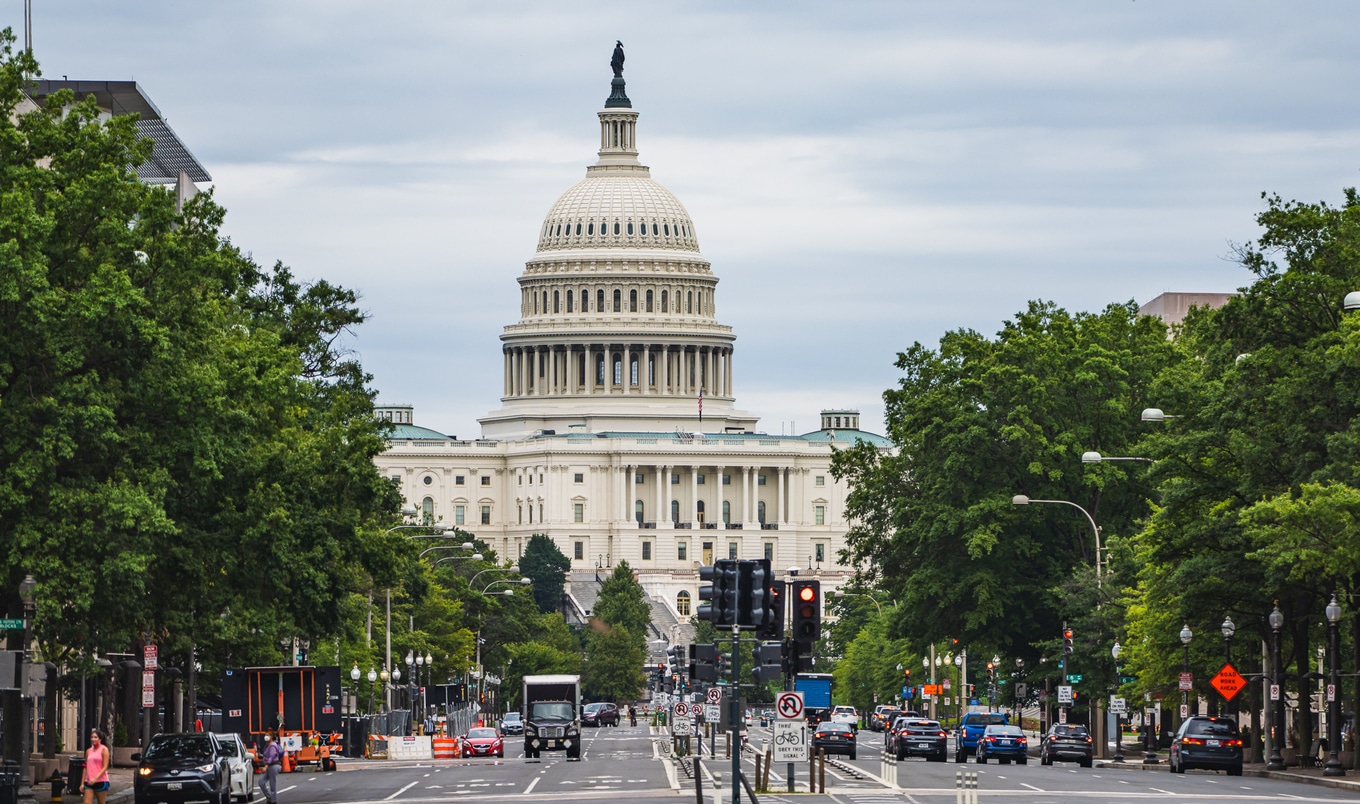Welcome to the first installment of the monthly legal column from Animal Outlook, a non-profit animal advocacy organization based in Washington, DC. If you’re an advocate or an animal lover of any kind, you’ve probably looked at animal suffering and asked yourself: how is this legal? Or, you may have wondered more generally: do animals have rights? What are they? If I give my dog her dinner late, can she sue me? And what can the law do to advance the animal protection movement?
This column gives you access to Animal Outlook’s legal team. If you have questions about animal law, then we have answers. And every month, as we answer one or two more of your questions, we hope to help you understand how the law protects animals, how we need to change it, and how you can help.
Since this is our inaugural column, let’s start at the beginning.
 Adobe Stock
Adobe Stock
What is animal law?
Animal law is both simple and incredibly broad: it is all the intersections of laws and the legal system with non-human animals. It’s Maine’s anti-cruelty statute. It’s this year’s Supreme Court ruling upholding the legitimacy of California voters’ decision to refuse to be complicit in certain industry-wide cruelty by banning the sale of pork from pigs whose mothers were confined in gestation crates. It’s the Animal Welfare Act, a federal statute with some protections for animals used in entertainment and research. It’s New York City’s ban on selling foie gras (also currently tied up in court). It’s the family court decision awarding custody of a companion animal. It’s the prohibitions across the nation against lying to consumers that a carton of eggs came from happy hens.
It’s also much more than actual “animal laws,” as in laws meant to protect animals—because there aren’t nearly enough of those, and many are inadequate. For instance, no national law protects the billions of animals the agriculture industry breeds from the day they are born until the day they are slaughtered or shipped away. There is a national law to protect those animals when they are in transport, but it doesn’t kick in until they have been in a truck for 28 hours straight without food, water, or rest.
 Getty
Getty
Even the laws that create protections for animals are often toothless because it’s not enough to pass a law—someone has to enforce it. At the federal level, Congress put the US Department of Agriculture (USDA) in charge of enforcing federal statutes like the Animal Welfare Act, but the USDA is notorious for neglecting its enforcement obligations to animals, and Congress made it impossible for anyone else—like animal advocacy organizations—to enforce the laws ourselves.
So, animal law means creative problem solving: finding ways to enforce laws we’re not allowed to enforce, finding laws that were never meant to protect animals and making them protect animals, and ultimately forcing our justice system to do the right thing.
Like all animal advocacy, animal law means not giving up. It means finding creative ways to break new ground and bring massive systemic harms under the purview of justice. It means using the language and power of law to drive a vital social movement forward.
The US legal system
Sometimes the solution for an animal law problem requires going back to basics, so we’re going to offer a basic refresher on/introduction to the US legal system.
The federal government is divided into three branches, each of which creates a different kind of law. As the legislative branch, Congress passes statutes. Most laws with name recognition—the Voting Rights Act or the Americans with Disabilities Act—are statutes.
 Adam Szuscik
Adam Szuscik
The executive branch, headed by the president, contains more administrative agencies, commissions, and boards than we can name. Some of them are particularly significant to animals, including the USDA and the Environmental Protection Agency. Laws that come from the executive branch are regulations, many of which flesh out the meaning and requirements of statutes.
The judicial branch is a pyramid-shaped hierarchy, with the district courts, where lawsuits are filed and trials are conducted, on the bottom; regional Courts of Appeals above them; and the Supreme Court on top. There is at least one federal district court in every state. Courts issue rulings or opinions, but only in response to specific cases people have filed.
Now multiply that judicial system by 51. Each state (and the District of Columbia) has its own multi-branch system, and all those systems announce their own statutes, regulations, and rulings. Every state legislature has passed an anti-cruelty statute that makes cruelty to animals a crime, and every one of those statutes is different from the others.
What happens when laws from different systems conflict is a complicated question, but for our purposes, suffice it to say that the federal government wins. This interaction has complex implications, and we’ll spell them out in the coming months—along with many other legal issues that will help you think like lawyers and advance the movement to end the exploitation of animals altogether.
You can follow Animal Outlook’s cases on its Legal Advocacy Page. Have questions? Send your questions about animal law to @AnimalOutlook on Twitter or Facebook with the hashtag #askAO.
For more on law-related vegan stories, read:
JUMP TO ... Latest News | Recipes | Guides | Health | Subscribe








